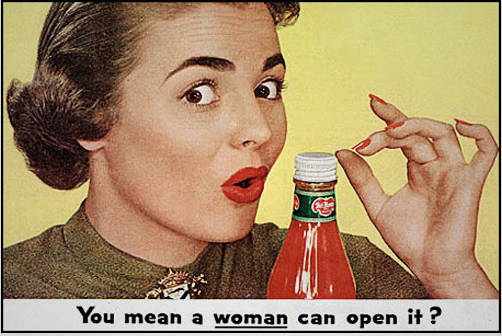By Jessica Gadd, Deputy Food Editor
In light of International Women's Day, Jessica Gadd offers a marketer's perspective on how sexy adverts and gender stereotypes influence our choice of chocolate bar.
Everyone has their favourite chocolate bar. It’s the sort of snack that elicits a late-night trip to the corner shop, where the mildly amused cashier scans Kit Kats, Flakes and Galaxy Caramels galore while you ashamedly insist “I swear they’re not all for me, I’m doing a run for the whole flat”. Unsurprisingly, the realities of a netflix-induced chocolate binge are a far cry from the seductive images that repeatedly crop up in the media and in advertising.
The woman featured in the ad is draped in silk pyjamas, fresh faced and glowing, enjoying a moment of sensual pleasure as she indulges in a single square of smooth chocolate. The student, by contrast, dons a pair of worn-out oversized trackies and can easily devour multiple bars in a single sitting. My point here is that our chocolate preferences are not as trivial as we might think and that the gendered images that crop up time and time again in advertising media contribute, perhaps problematically, to our personal tastes and purchase decisions.
From Cadbury’s infamous Flake ad to Galaxy’s bizarre evocation of Audrey Hepburn’s artificial image, our choice of chocolate bar is infused with gendered meaning. Our thinking about chocolate, in general, is highly feminised; chunky, brick-like shapes are increasingly being replaced with smooth contours and more rounded designs and the deep tones that dominate industry packaging connote beauty, youthfulness and luxury. In many adverts, the consumption of chocolate is depicted as something sensual and secretive, an act of hedonism to be enjoyed in private and not to be interrupted.
Chocolate ads targeting men tell an entirely different story. The Yorkie and Snickers Bar, in particular, have traditionally been marketed as sustaining snacks designed to fuel action and activity. These ads also tend to incorporate more comedic, self-referential elements such as parody and punning; they try to poke fun at the gender politics of food through slogans such as “it’s not for girls”, “man fuel for man stuff" and “get some nuts”.
It’s bizarre how little influence taste actually has on our choice of chocolate bar. We are more likely to make this decision based on subtle visual cues and abstract marketing messages. Advertising is a strange form of communication that works through suggestion, metaphor and meaning. Often, the images we encounter in ads bear little resemblance to the product being sold so that we, as consumers, are left to connect the dots.
Take Cadbury’s Gorilla Ad, for example. The image of a gorilla playing his heart out on the drums to the tune of Phil Collins’ ‘In the Air Tonight’ hardly screams “go and buy Cadbury’s chocolate”. But because the image is so distinctive, people are likely to remember the ad as an entertainment piece in its own right and they attach the general feelings they derived from viewing it (happiness, amusement, freedom) with the Cadbury brand.
The chocolate bar we buy at the corner shop may seem trivial, thoughtless even, but it actually raises some significant issues. Ads have the power to influence our everyday choices, preferences and tastes. They shape the way we see the world and the way we see ourselves. This is why gender stereotyping in advertising has come under greater scrutiny in the past few years, with the Advertising Standards Authority now banning ads that play with ideas about hyper-sexualised femininity and toxic masculinity. Ultimately, our choice of chocolate is a game of gender politics even if we do not even realise we are players.
Featured: Unsplash/ Charisse Kenion
Find The Croft Magazine inside every copy of Epigram Newspaper.









